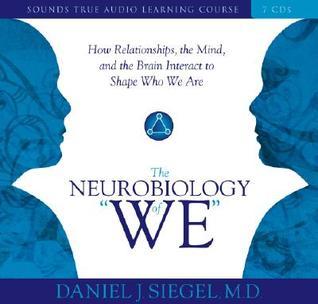
Wired for Love: How Understanding Your Partner's Brain and Attachment Style Can Help You Defuse Conflict and Build a Secure Relationship
Book Description
Unlock the secrets of touch, tension, and connection! "Wired for Love" takes you on a compelling journey through the intricate dance of relationships, revealing how understanding your partner's brain and attachment style can transform conflict into collaboration. With vivid insights and dynamic strategies, it equips you to defuse emotional landmines and weave a secure bond. As emotional triggers spark chaos, powerful revelations ignite lasting change. Will love thrive, or will misunderstandings tear you apart? Step into the realm of neuroscience and emotional intelligence to discover the keys to lasting intimacy. Are you ready to rewire your love life?
Quick Book Summary
"Wired for Love" by Stan Tatkin dives into the interplay between neuroscience, psychology, and attachment theory to illuminate what fuels both harmony and discord in romantic relationships. Drawing on decades of clinical experience, Tatkin unpacks how our brains, influenced by formative attachment experiences, drive automatic reactions in conflict. By understanding each other's attachment styles and neurobiology, couples can shift from adversarial patterns to supportive alliances. The book offers practical techniques for de-escalating tension, nurturing secure bonds, and fostering mutual understanding. Tatkin's approach empowers couples to transform emotional triggers into opportunities for growth, building a resilient, loving partnership rooted in safety and intimacy. Ultimately, "Wired for Love" is a manual for cultivating deep, lasting connection by harnessing the power of conscious relationship dynamics.
Summary of Key Ideas
Table of Contents
Understanding Attachment Styles and the Brain
Tatkin begins by introducing the foundational concepts of attachment theory, illustrating how early relationships with caregivers shape our attachment styles as adults. He explains the differences between secure, anxious, and avoidant attachment, and how these influence expectations and automatic responses in romantic partnerships. By mapping out the brain systems involved in bonding—particularly the role of the limbic system and threat detection—Tatkin builds a case for why seemingly small triggers can ignite outsized conflicts.
Transforming Conflict Through Emotional Regulation
A major thread of the book is the importance of emotional regulation in relationships. Tatkin discusses how partners can inadvertently activate each other’s threat responses, leading to cycles of blame, withdrawal, or escalation. He encourages couples to become “experts” on each other’s brains and nervous systems, teaching readers to interpret subtle signs of distress and offering strategies to self-soothe or co-regulate during moments of tension. This emotional attunement is presented as crucial for defusing conflicts and preventing misunderstandings.
Building a Secure-Functioning Partnership
Central to Tatkin’s approach is the idea of creating a secure-functioning partnership. Unlike traditional models that prioritize individual autonomy, he emphasizes mutual care, responsibility, and interdependence. Partners are encouraged to see themselves as a team, working collaboratively to protect the relationship. Tatkin promotes explicit agreements, consistent rituals, and shared values as methods for fortifying the partnership against outside stressors and internal vulnerabilities, fostering long-term trust and stability.
Practical Tools for Connection and Repair
Tatkin also provides an array of practical tools designed to repair ruptures and strengthen connection. Techniques such as “eye gazing,” coordinated breathing, and intentional touch are explored as powerful ways to communicate safety and affection. The book outlines scripts and exercises for apologizing, reassuring, and renegotiating boundaries so that both partners feel heard and valued during conflicts, transforming friction into opportunities for deeper intimacy.
The Role of Safety and Mutual Care
Ultimately, the book iterates that safety and mutual care are the bedrocks of thriving relationships. Tatkin argues that only when partners feel protected can they be fully open and authentic. The journey to a secure bond requires ongoing attention, vulnerability, and a willingness to prioritize the relationship above individual impulse. By understanding the neurological roots of love and deploying conscious strategies, couples can move from reactivity to resilience, forging a deeply satisfying and lasting connection.
Download This Summary
Get a free PDF of this summary instantly — no email required.





